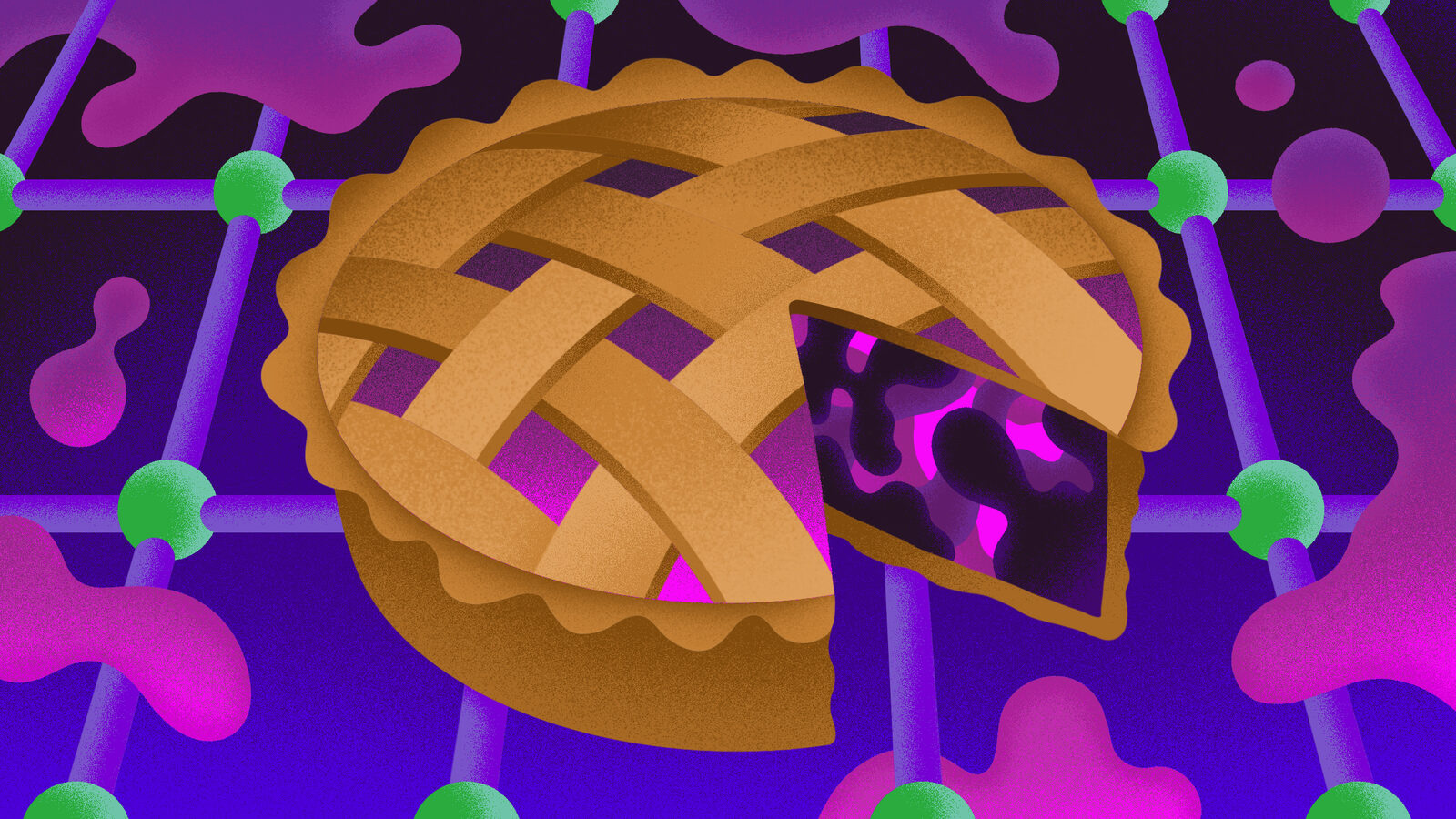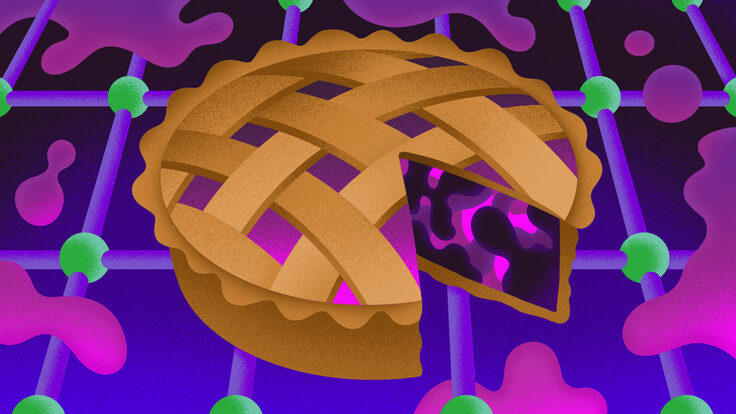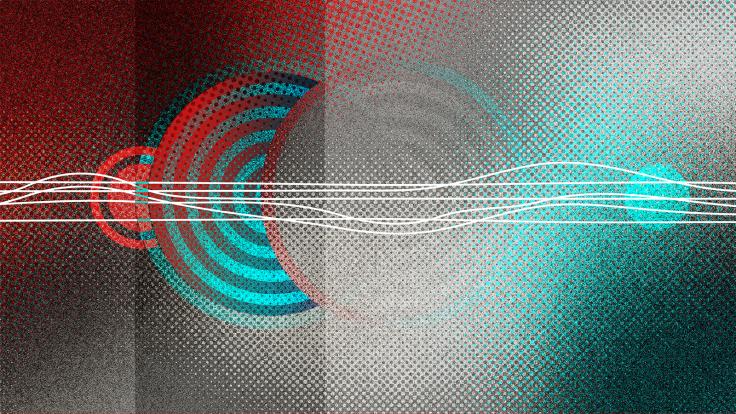Quarks are particles found inside every atomic nucleus. At low energies, quarks are at the mercy of a fundamental force called the strong force, which binds quarks together and makes them impossible to isolate. If one quark gets too far away from other quarks, the strong force will spontaneously pull a set of particles from the vacuum: a quark to replace the wayward quark and an antiquark to couple with it and form a composite particle. This bizarre behavior makes it extremely difficult—if not impossible—for scientists to make accurate predictions about isolated quarks.
In the 1970s, physicist Kenneth Wilson was studying crystalline structures when he had an idea: What if physicists reimagined quarks as atoms in a crystal? Wilson took the traditional grid system used for crystals and—to make it work with quantum mechanics—added “imaginary time,” a concept analogous to imaginary numbers, as a fourth dimension. He then reduced the quarks to their fundamental characteristics, written out as quantum numbers, and placed these quantum numbers on his 4-D grid.
In 1974, he published his new calculation method, called lattice gauge theory, or lattice QCD, and the idea took off.
With lattice QCD, scientists decide how they want to encode the quantum numbers onto the grid. With powerful enough computers, they can use this to make predictions about real-world physics. Today, lattice QCD is key in predicting the behavior of muons, which interact with virtual quarks as they circulate in the Muon g-2 experiment.













